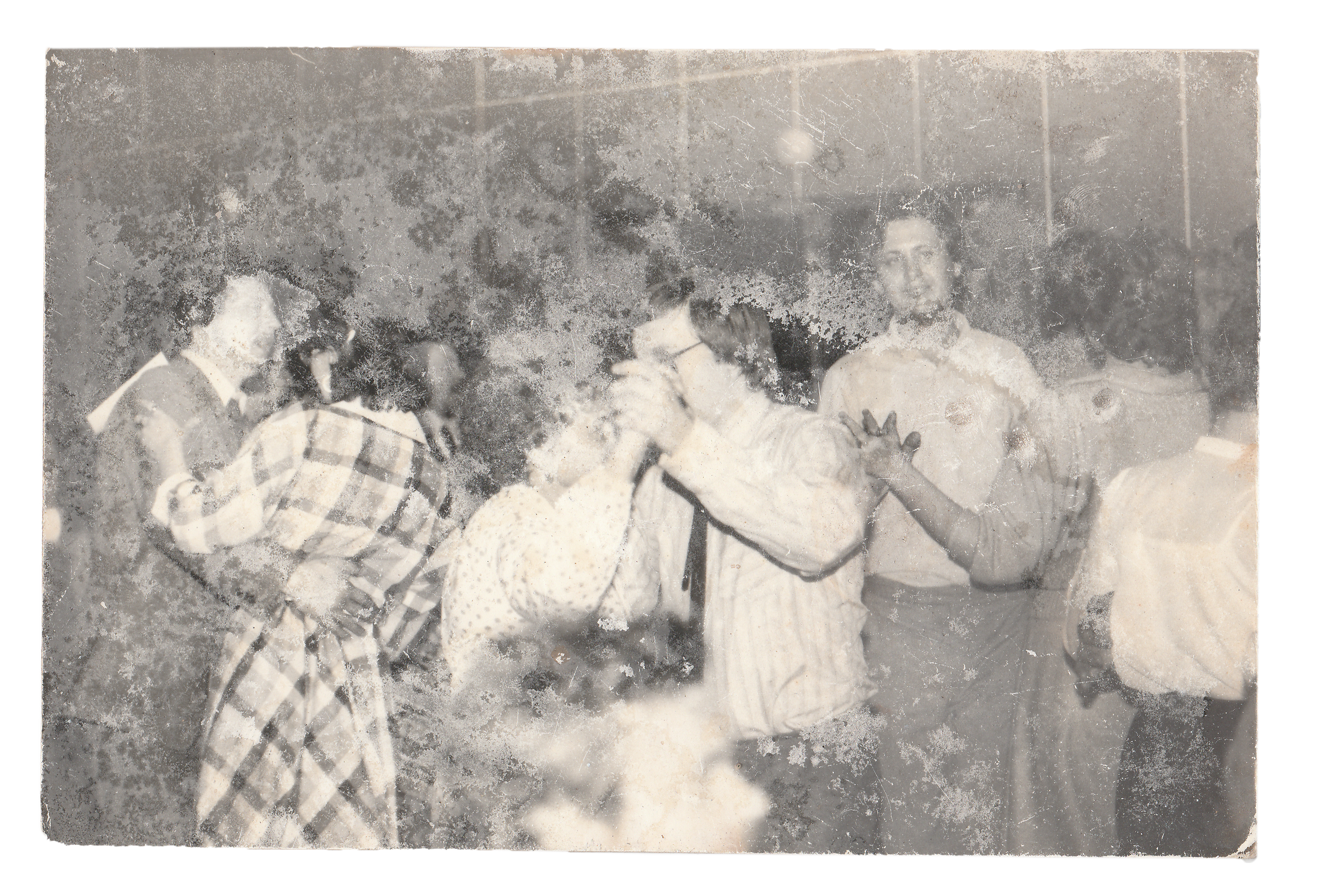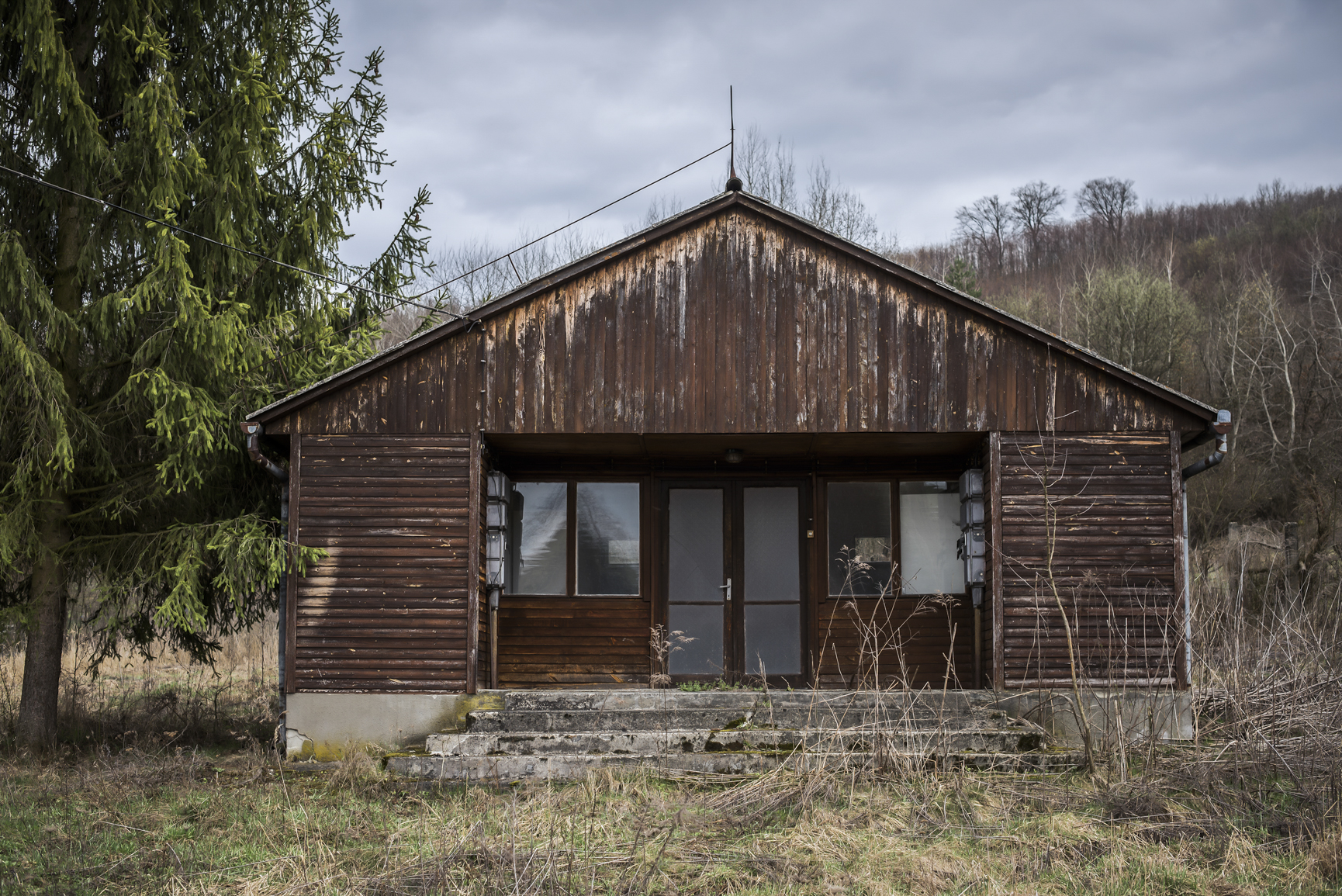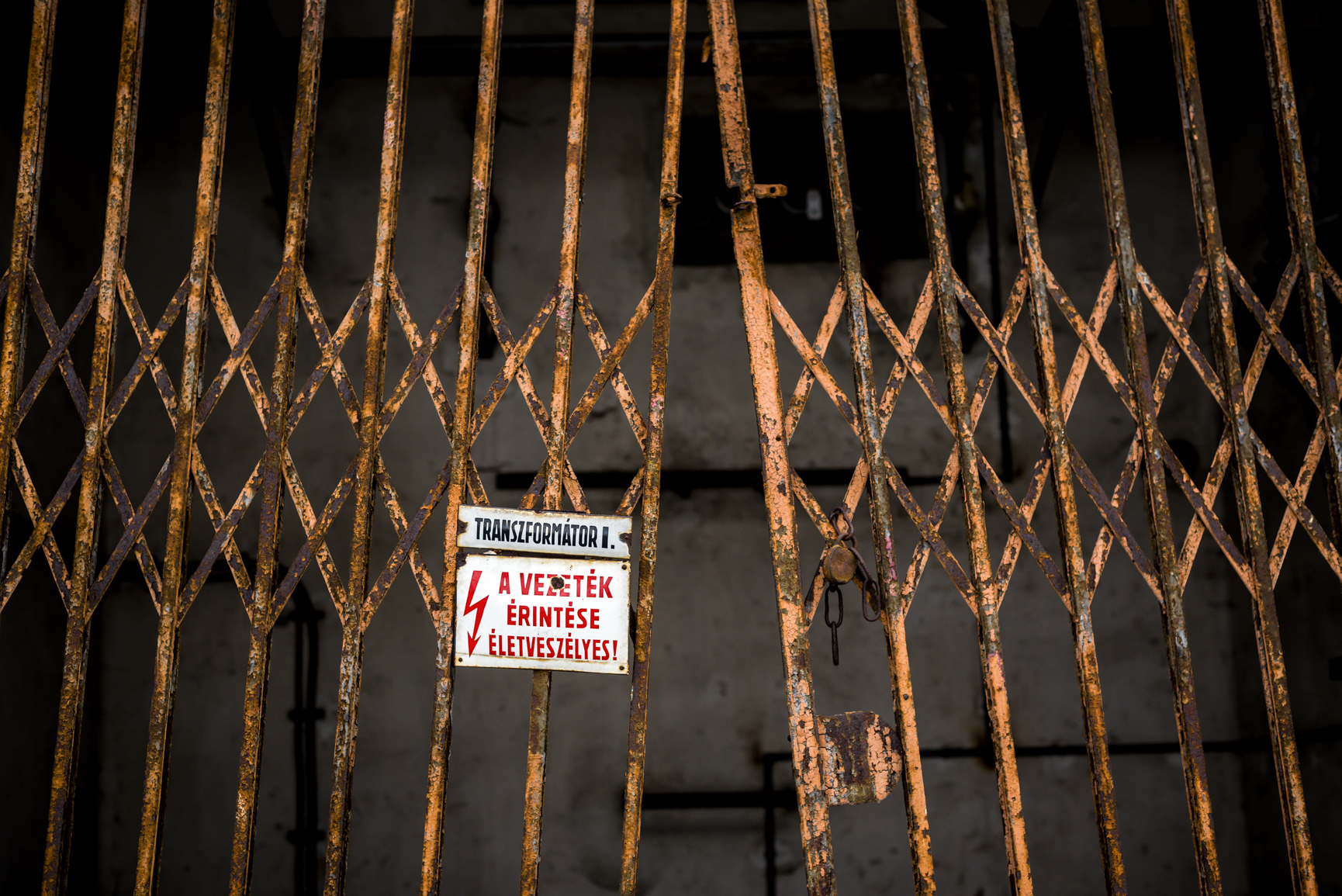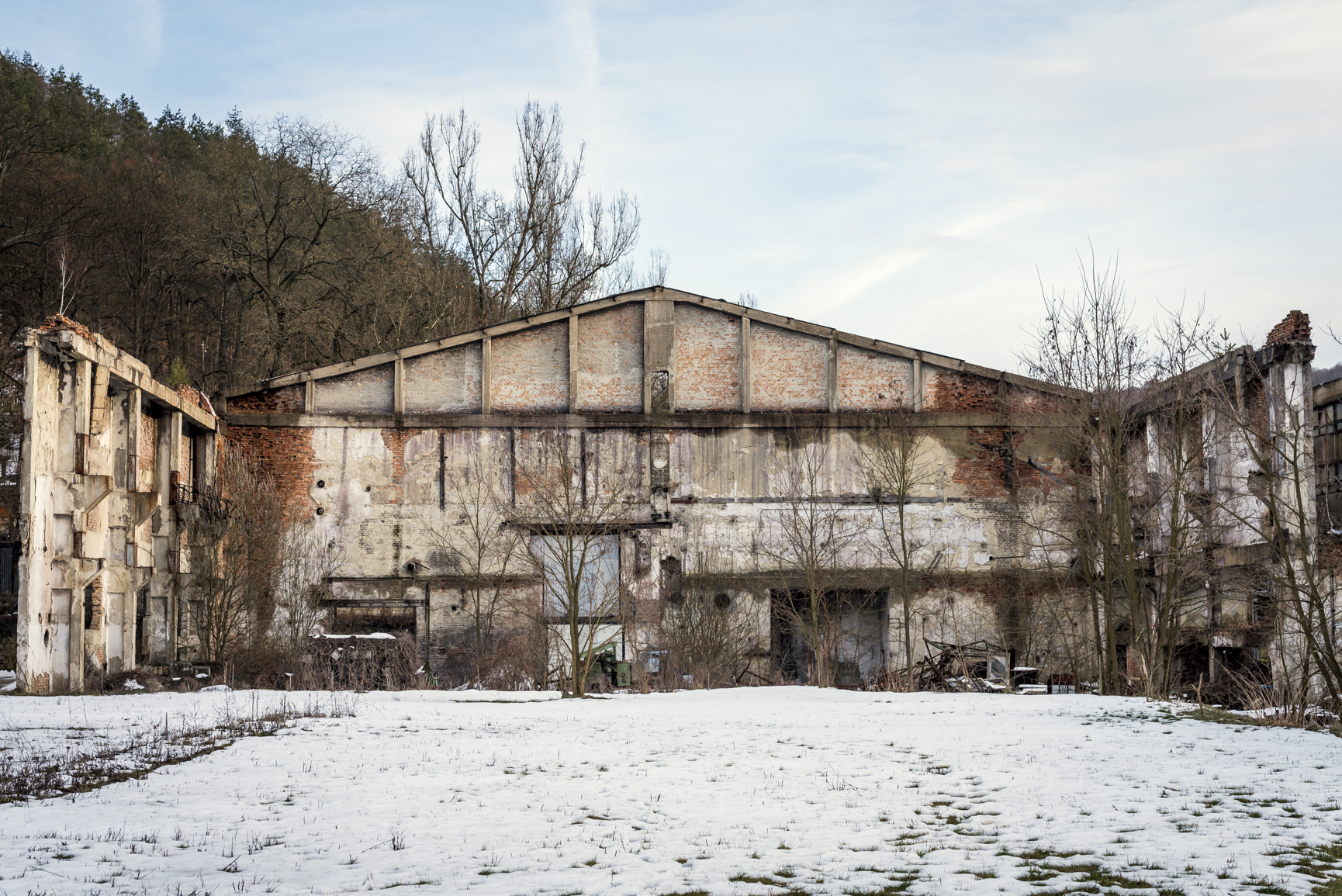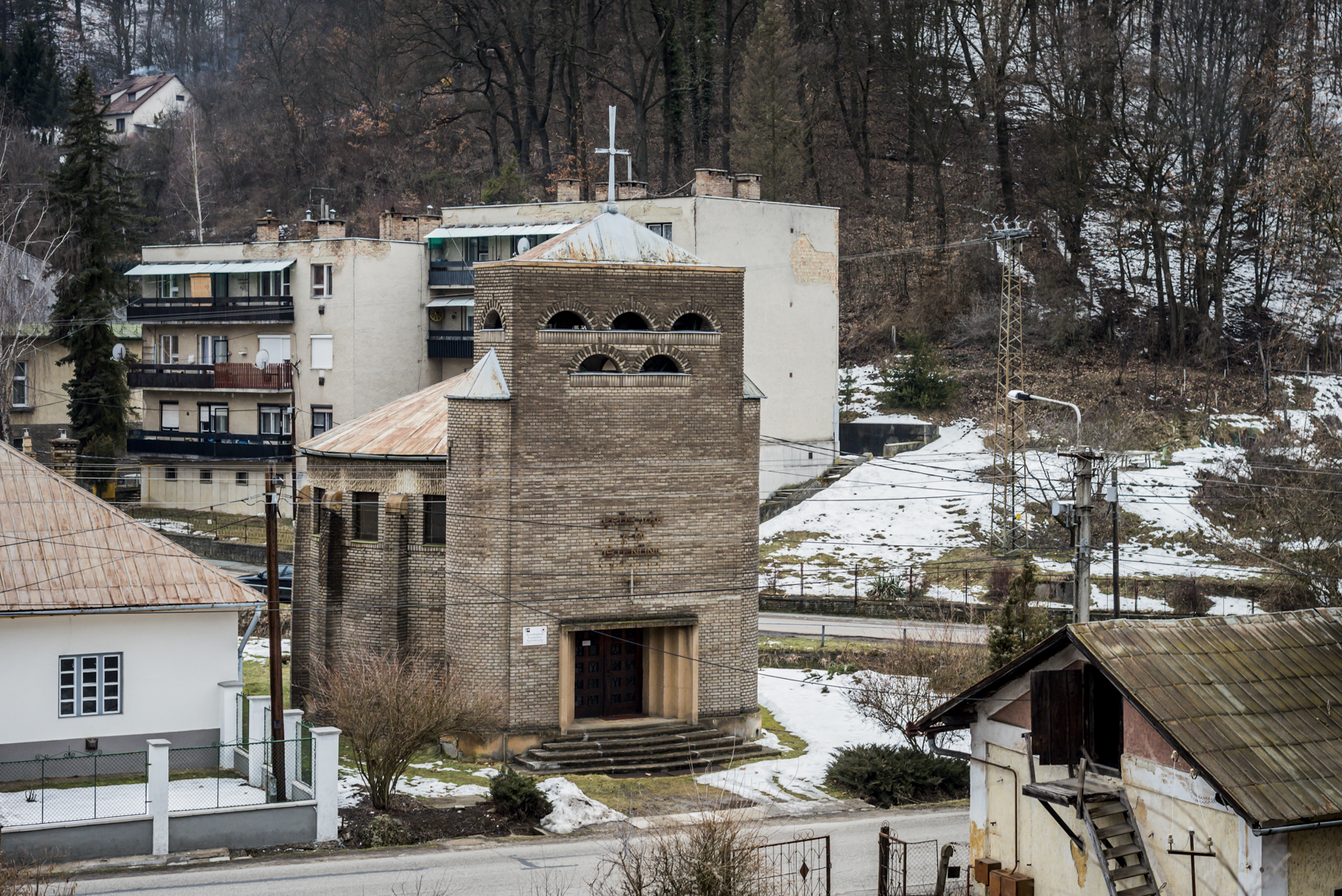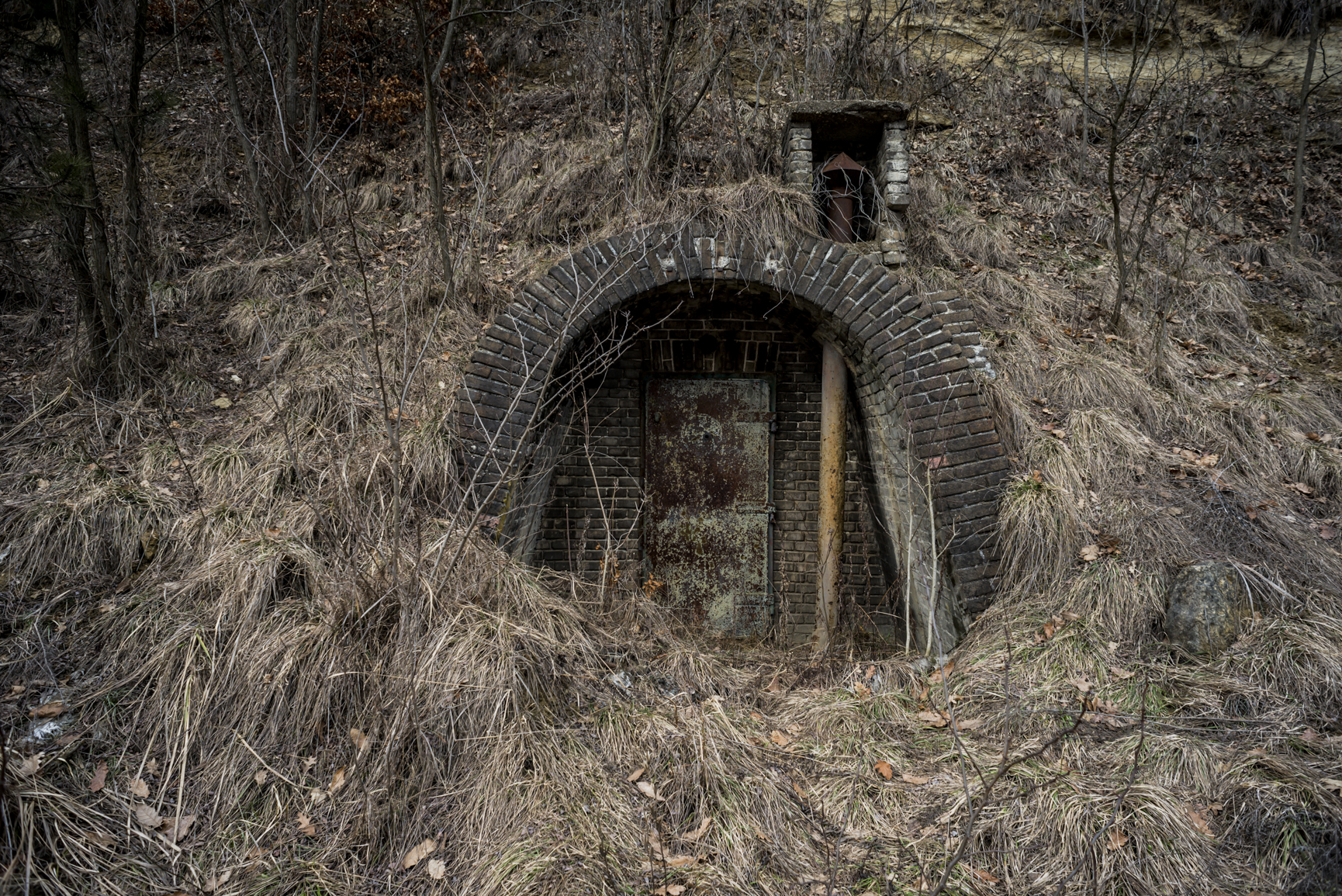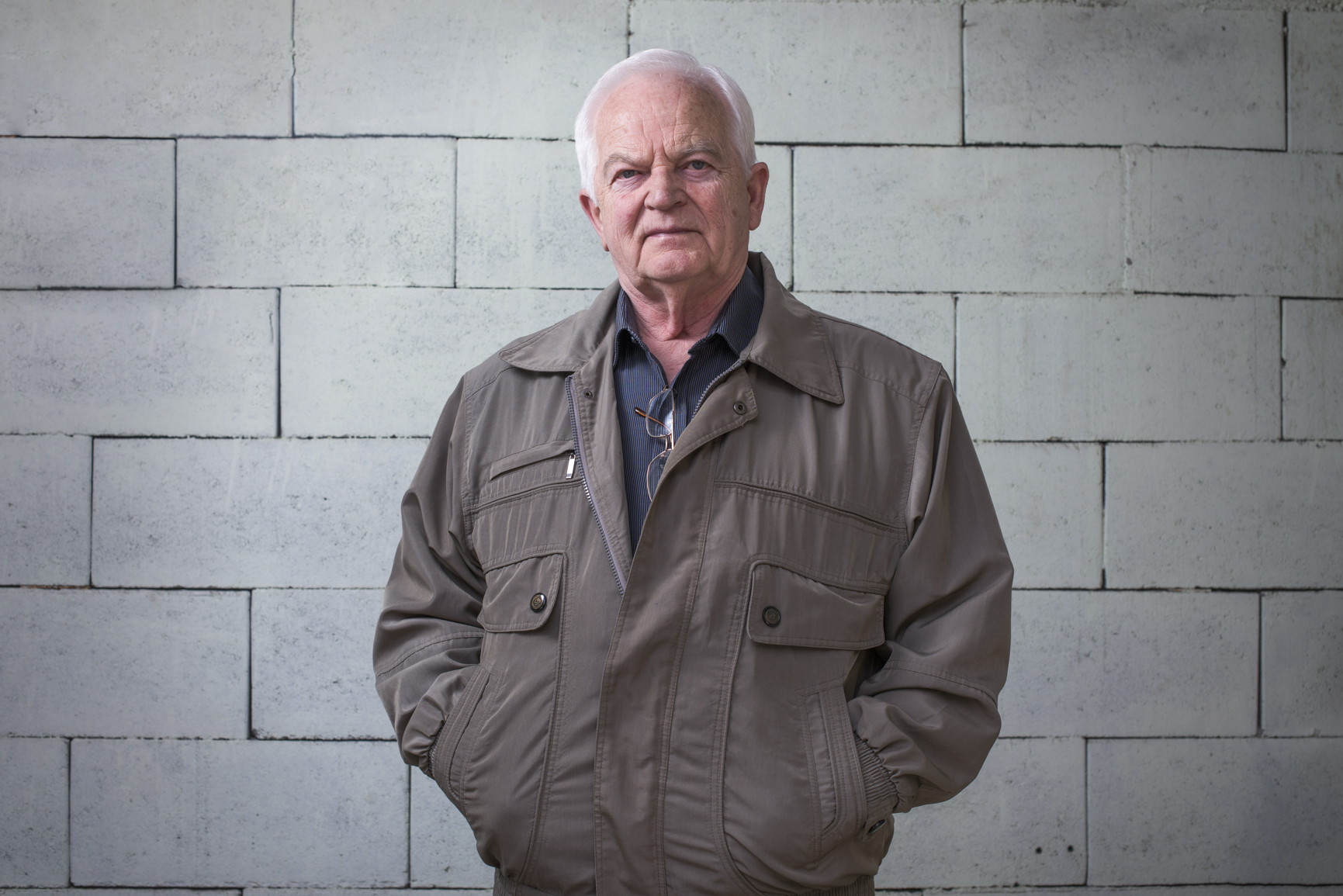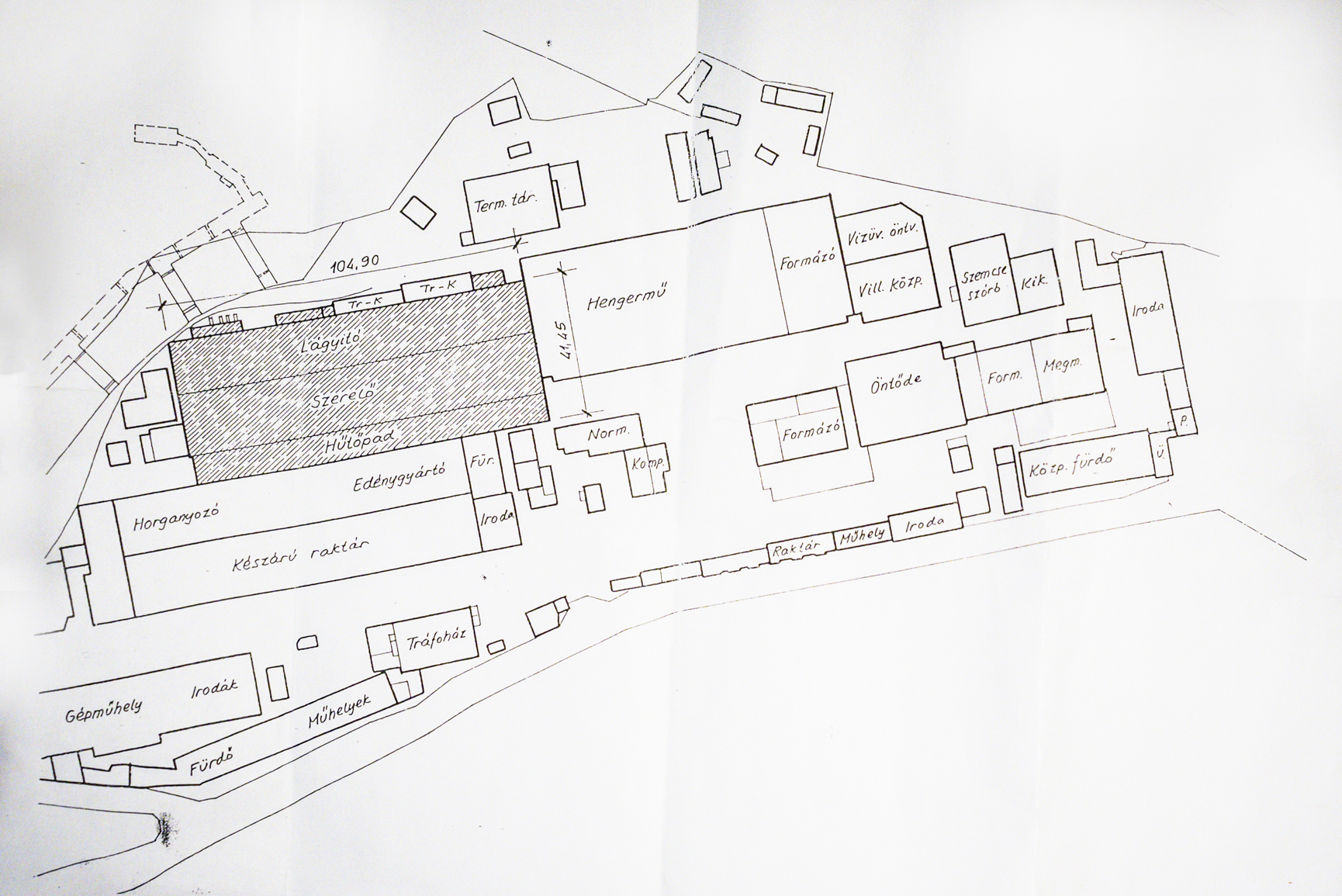Dicső Nádasd!
2018
This series focuses on an abandoned Lamina factory found in North Hungary. The factory defined the life of the whole city, which closed in 1992 and marked the beginning of the agony of city life. Here, we can see the working-class past and present socialist influence. The factory opened in 1864 and provided jobs to the people who lived there. Along with the introduction of a broader framework for community existence.
When the factory was operating at full capacity, it employed approximately 2500-3000 people. Many workers travelled from 32 different cities and conveyed a totality of existence for those who lived around the factory. Ultimately, this connected positive feelings surrounding the working world. Nature, the landscape’s beauty, and the connection with the relatives are also related to this concept. It also has an interrelation between staying in place and what the native land means to them.
Work is the most emphatic element of this citizens self-identification. Although, the factory represents the passing, the memories, the pain and the livelihood of these people. Closing the factory was not just a loss of working space and existential security, it was also the rapid collapse of generations and local identities. A recollection of the past helps those still there to alleviate their frustration. When the factory was closed, residents believed they had also lost their city. They are proud of their past but not of their present. During one of my visits to the site, I photographed the city and the people who once worked there. One notably being taken on the floor in one of the rooms which has been abandoned. This photo and others have already corroded.





